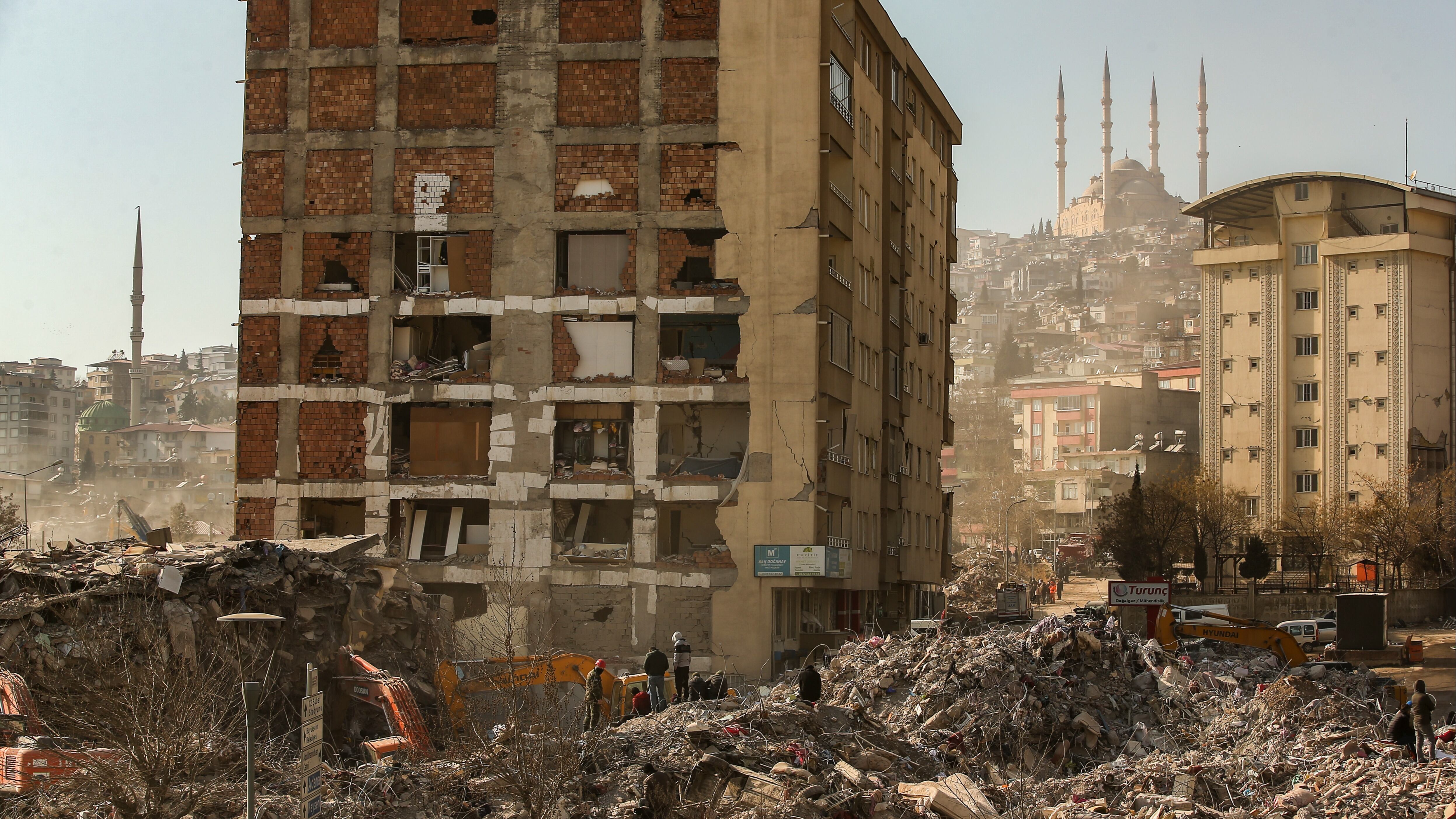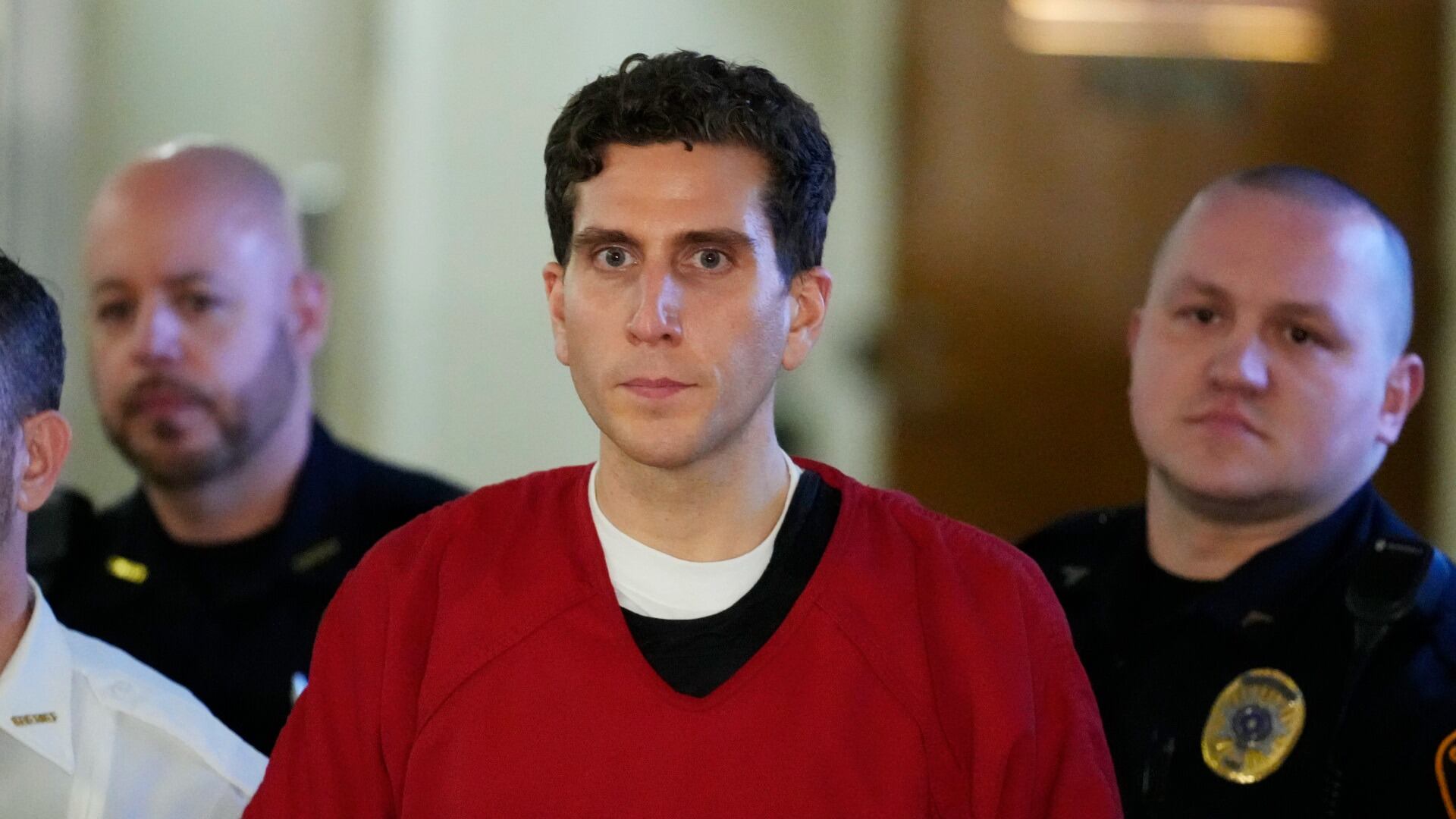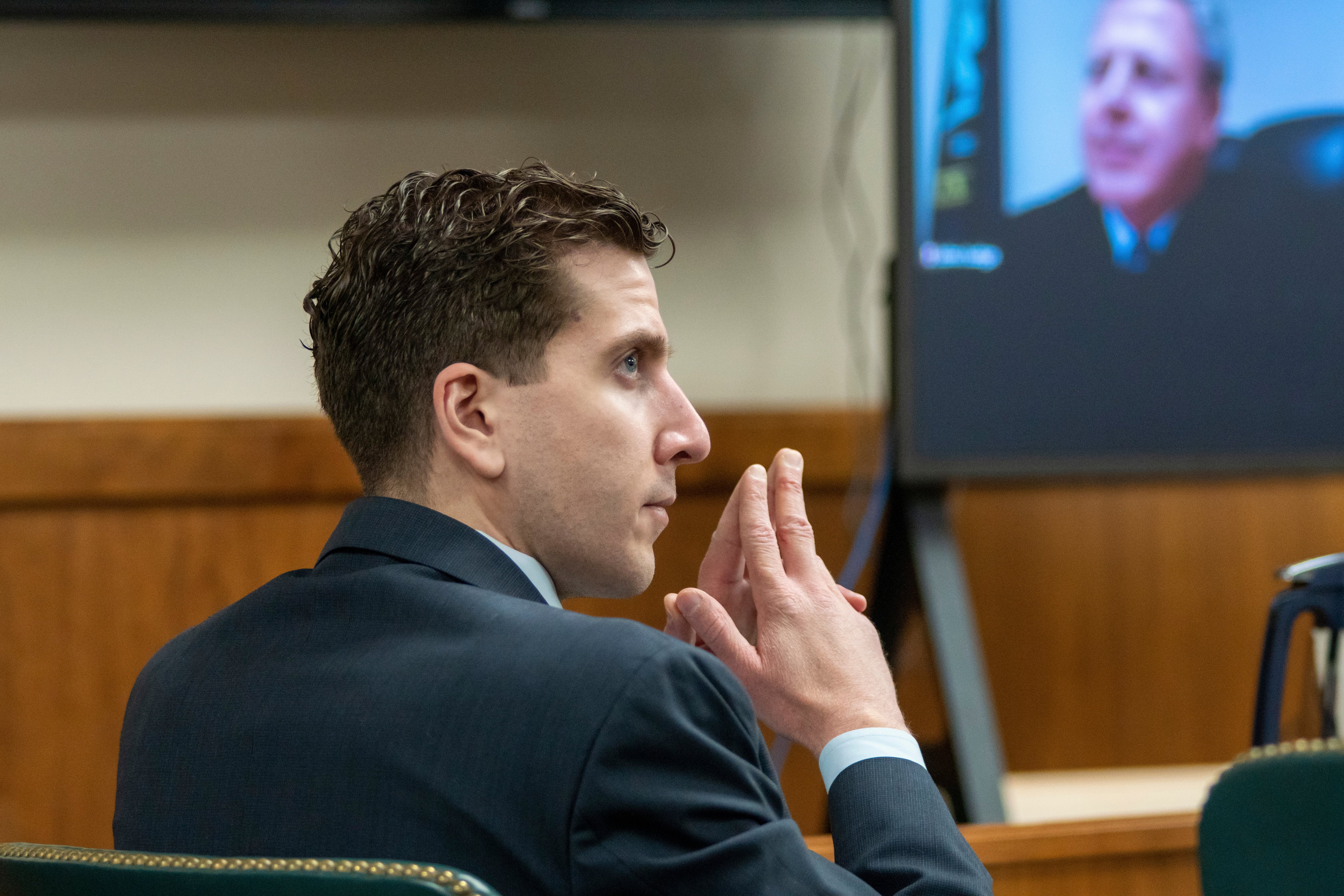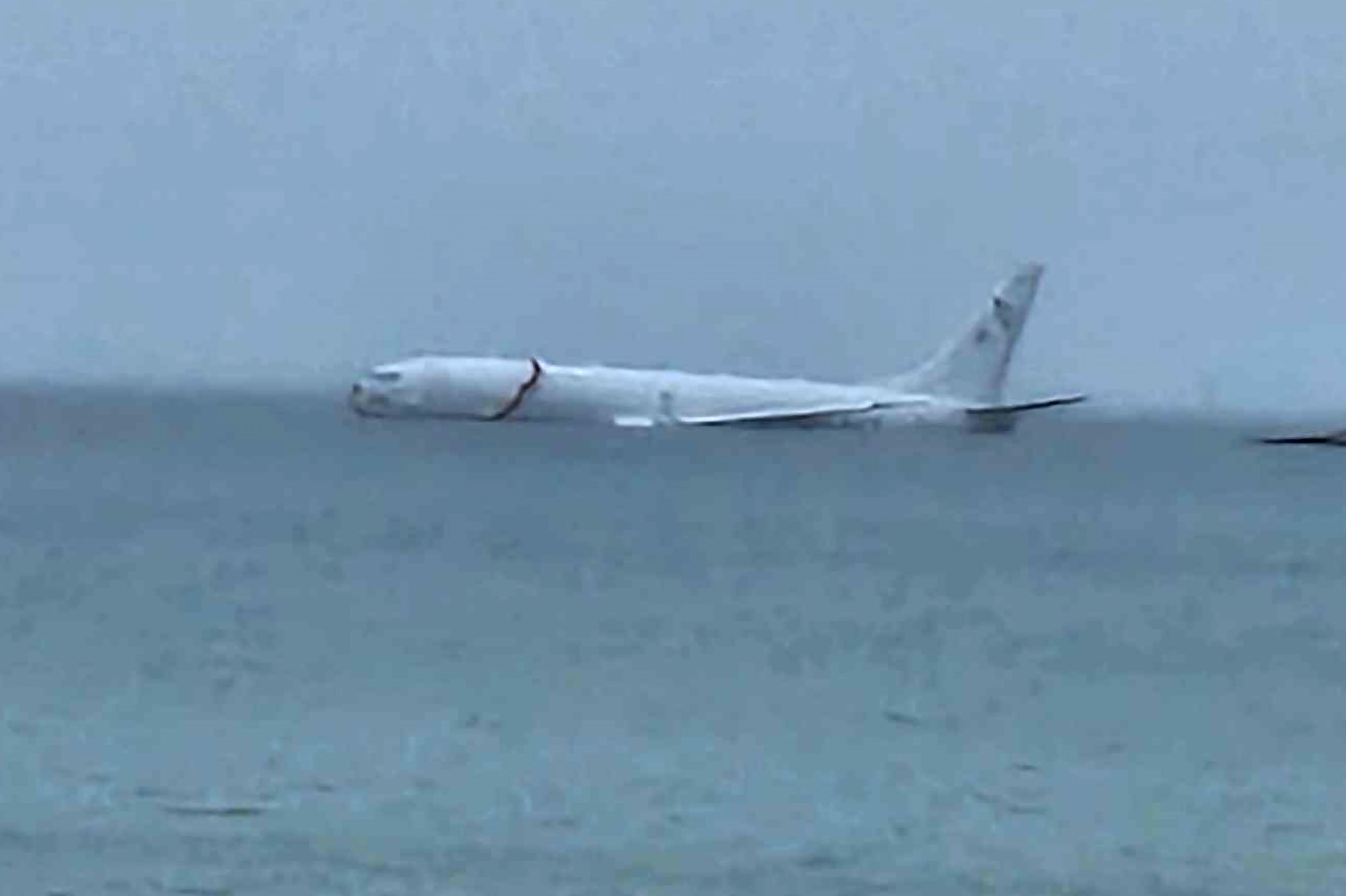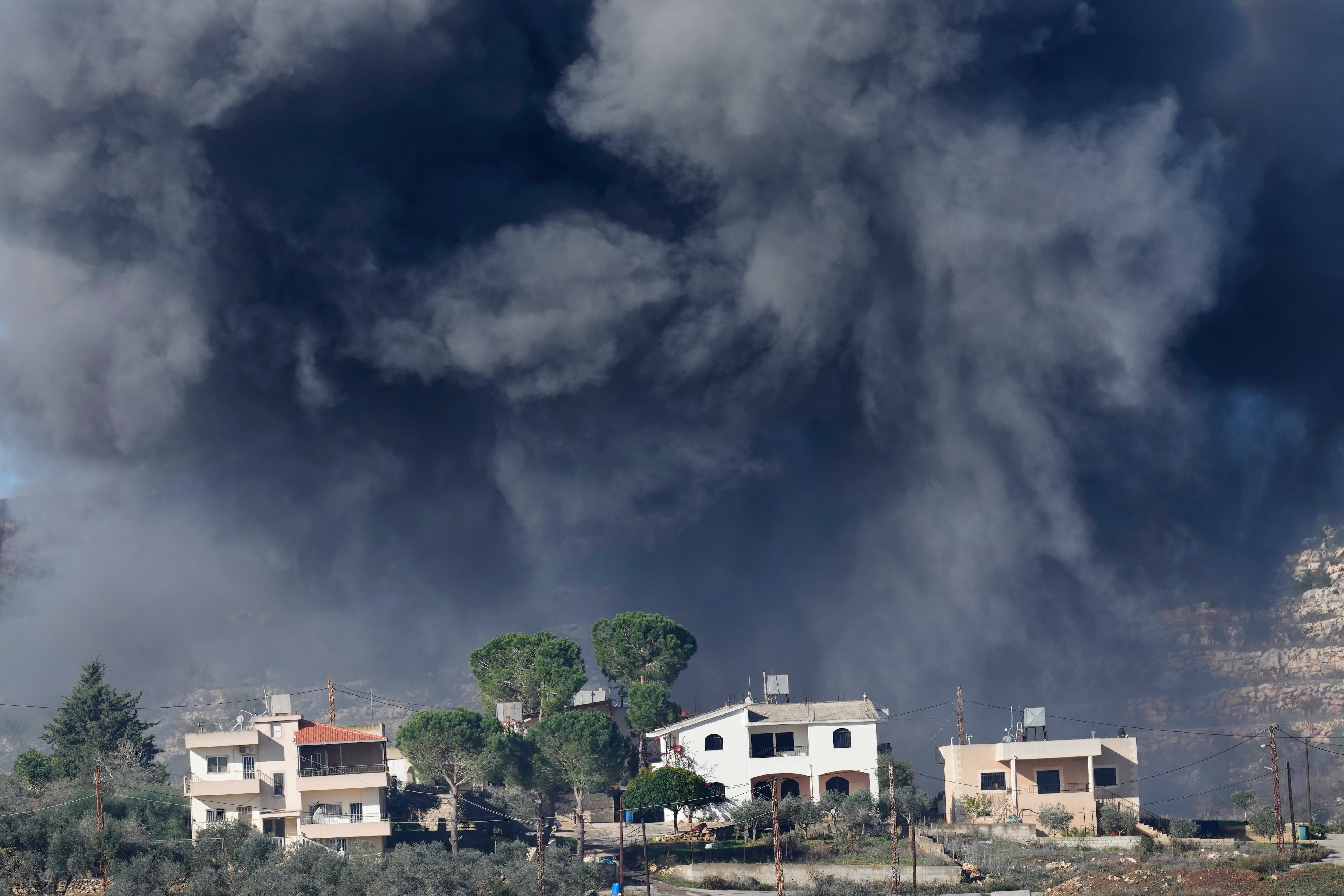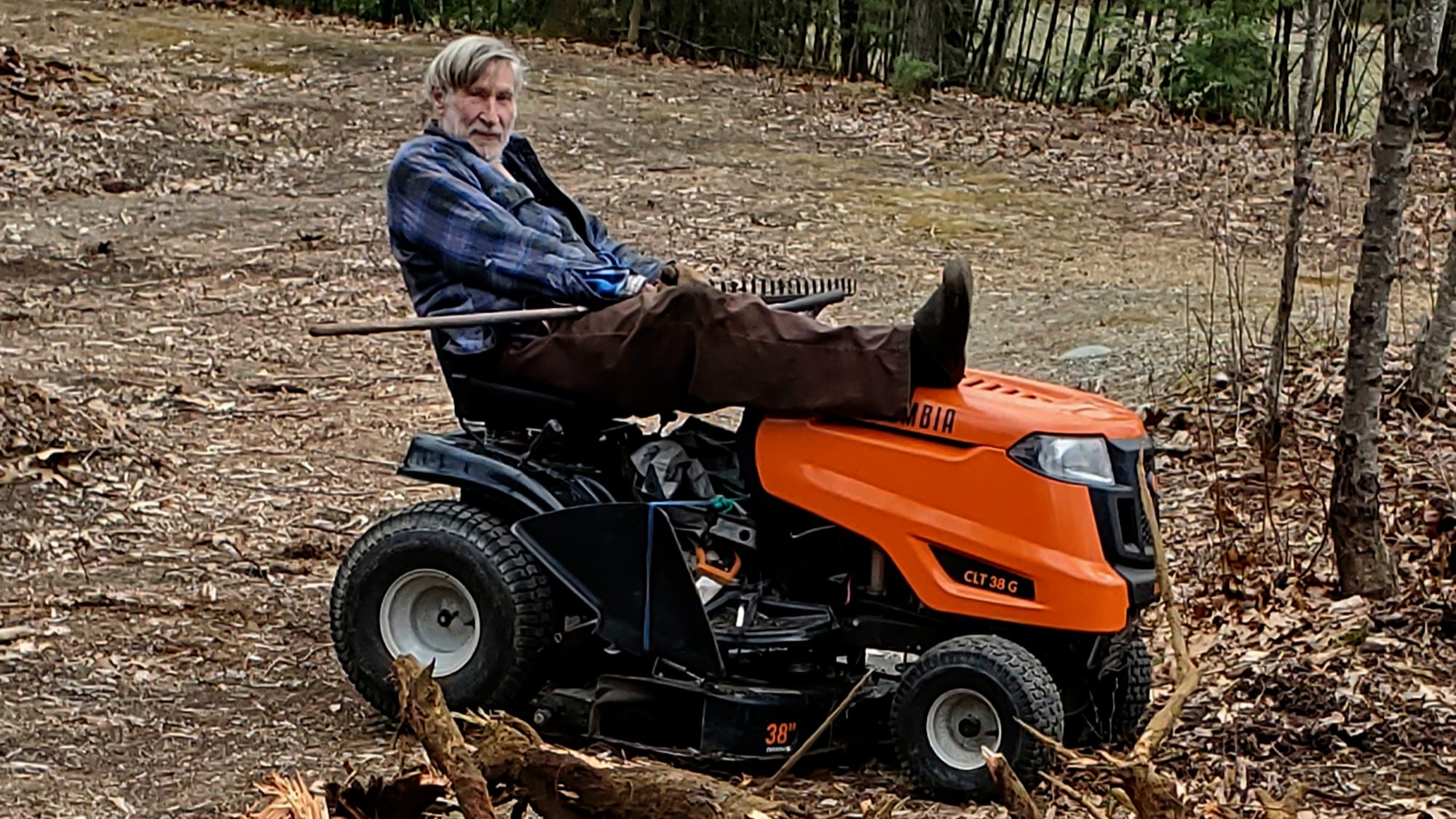By Justin Spike, Zeynep Bilginsoy and Sarah El Deeb
Turkish authorities are targeting contractors allegedly linked with buildings that collapsed in the powerful Feb. 6 earthquakes as rescuers found more survivors in the rubble Sunday, including a pregnant woman and two children, in the disaster that killed over 33,000 people.
The death toll from the magnitude 7.8 and 7.5 quakes that struck nine hours apart in southeastern Turkey and northern Syria rose to 33,185 and was certain to increase as search teams find more bodies.
As despair bred rage at the agonizingly slow rescues, the focus turned to assigning blame.
Turkish Justice Minister Bekir Bozdag said 131 people were under investigation for their alleged responsibility in the construction of buildings that failed to withstand the quakes. While the quakes were powerful, many in Turkey blame faulty construction for multiplying the devastation.
Turkey's construction codes meet current earthquake-engineering standards, at least on paper, but they are rarely enforced, explaining why thousands of buildings toppled over or pancaked down onto the people inside.
Among those facing scrutiny were two people arrested in Gaziantep province on suspicion of cutting down columns to make extra room in a building that collapsed, the state-run Anadolu Agency said. The justice ministry said three people were arrested, seven others were detained and another seven were barred from leaving Turkey.
Two contractors held responsible for the destruction of buildings in Adiyaman were arrested Sunday at Istanbul Airport while trying to leave the country, the private DHA news agency and other media reported. One detained contractor, Yavuz Karakus, told DHA: “My conscience is clear. I built 44 buildings. Four of them were demolished. I did everything according to the rules.”
Rescuers reported finding more survivors amid increasingly long odds. Thermal cameras were used as crews demanded silence to hear those trapped.
In hard-hit Hatay province, a 50-year-old woman who appeared badly injured was carried out by crews in the town of Iskenderun. Similar rescues in the province saved two other women, one of them pregnant, according to broadcasters TRT and HaberTurk.
HaberTurk showed a 6-year-old boy rescued from his wrecked home in Adiyaman. An exhausted rescuer removed his surgical mask and took deep breaths as several women cried in joy.
Health Minister Fahrettin Koca posted a video of a young girl in a navy blue jumper who was found alive. “There is always hope!” he tweeted.
Rescuers in Antakya, elsewhere in Hatay province, pulled a man in his late 20s or 30s from the rubble, saying he was one of nine trapped in the building. He waved weakly as he was removed on a stretcher as workers applauded and chanted, “God is great!”
German and Turkish workers rescued an 88-year-old in Kirikhan, German news agency dpa reported. Italian and Turkish rescuers found a 35-year-old man in Antakya who appeared unscathed, private NTV television reported.
A child was freed overnight in the town of Nizip, in Gaziantep, state-run Anadolu Agency said, while a 32-year woman was found in a wrecked eight-story building in Antakya and asked for tea when she emerged, according to NTV.
Those were the rare exceptions.
Backhoes and bulldozers prepared a large cemetery in Antakya’s outskirts as trucks and ambulances brought a steady stream of black body bags. Hundreds of graves were marked with simple wooden planks.
Hatay’s airport reopened Sunday after its runway was repaired, and military and commercial planes ferried in supplies and will take away evacuees.
There are 34,717 Turkish personnel involved in rescue efforts. On Sunday, Turkey's Foreign Ministry said they were joined by 9,595 personnel from 74 countries, with more on the way.
In the Syrian capital of Damascus, the head of the World Health Organization warned that the pain will ripple forward, calling the disaster an “unfolding tragedy that’s affecting millions.”
“The compounding crises of conflict, COVID, cholera, economic decline, and now the earthquake have taken an unbearable toll,” Tedros Adhanom Ghebreyesus said.
Tedros said WHO experts were waiting to enter northwestern Syria “where we have been told the impact is even worse.”
U.N. Under-Secretary-General for Humanitarian Affairs Martin Griffiths, visiting the Turkish-Syrian border Sunday, said Syrians are “looking for international help that hasn’t arrived.”
“We have so far failed the people in northwest Syria. They rightly feel abandoned,” he said, adding, “My duty and our obligation is to correct this failure as fast as we can.”
In the town of Atareb, in opposition-run northern Aleppo province, Abdel-Haseeb Abdel-Raheem returned Sunday to his ruined four-story building to try to salvage any valuables but could find only blankets, pillows and some clothes. His aunt and her husband died there, but their three children survived.
With no international rescue efforts in the war-battered region, the 34-year-old had to recover the bodies himself.
“You can’t hear someone inside screaming and sit tight. You can’t sit still. You can’t have the heart to hear someone (crying for help) and you do nothing,” he said, sitting above a mound of debris.
Political disputes have held up aid convoys sent from areas of northeast Syria controlled by U.S.-backed Kurdish groups to those controlled by the Syrian government and by Turkish-backed rebels who have fought with the Kurdish groups over the years.
A U.N. aid convoy sent to northwestern Syria through government-held areas was postponed due to obstruction from Hay’at Tahrir al Sham, an al-Qaida affiliated group ruling Idlib province, a U.N. spokesperson told The Associated Press.
Meanwhile, U.N. aid convoys continue to cross from Turkey into northwestern Syria through the Bab al-Hawa border crossing. The first U.N. convoy only reached northwest Syria from Turkey on Thursday, three days after the disaster struck.
Before that, it was only a steady stream of bodies coming through Bab al-Hawa: Syrian refugees who had fled the civil war and settled in Turkey but died in the disaster, being returned home for burial.
The earthquake death toll in Syria’s northwestern rebel-held region has reached 2,166, according to the rescue group the White Helmets. The overall death toll in Syria stood at 3,553 on Saturday, although the 1,387 deaths reported for government-held parts of the country hadn’t been updated in days. Turkey’s death toll was 29,605 as of Sunday.
Turkey’s Justice Ministry announced the establishment of Earthquake Crimes Investigation bureaus to identify contractors and others responsible for building works. It would gather evidence; instruct experts including architects, geologists and engineers; and check building permits and occupation permits.
A contractor was detained Friday at Istanbul airport before he could leave the country. He built a luxury 12-story building called Ronesans Rezidans in Antakya, and when it fell, it killed an untold number. He was formally arrested Saturday.
In leaked testimony published by Anadolu, the man said the building followed regulations and he did not know why it didn't stay standing. His lawyer suggested his client was a scapegoat.
Under programs that allowed building owners to pay fines instead of bringing them up to code, the government agency responsible for enforcement acknowledged in 2019 that over half of all buildings in Turkey — accounting for some 13 million apartments— were not in compliance.
The detentions could help direct public anger toward builders and contractors, deflecting it from local and state officials who allowed apparently substandard construction to proceed. President Recep Tayyip Erdogan’s government, already burdened by an economic downturn and high inflation, faces parliamentary and presidential elections in May.
The nongovernmental business organization TURKONFED estimated the earthquake damage at $84.1 billion, based on statistics from the devastating 1999 quake in northwestern Turkey, including $70.1 billion in housing and $10.4 billion to gross domestic product.
Rescue crews have been overwhelmed by the widespread damage that has affected roads and airports, making it even harder to move quickly.
Erdogan acknowledged the initial response was hampered by the damage, with the worst-affected area 500 kilometers (310 miles) in diameter and home to 13.5 million. During a tour Saturday, Erdogan said such a tragedy was rare, referring to it as the “disaster of the century” in multiple speeches.
In New York City, mourners gathered Saturday at a mosque to remember a family of four from the borough of Queens who were killed while visiting relatives in Turkey. The Council on American-Islamic Relations said Burak and Kimberly Firik and their sons, aged 1 and 2, died in the disaster.
Bilginsoy reported from Istanbul. Suzan Fraser in Ankara, Abby Sewell in Beirut, Kirsten Grieshaber in Berlin and Sarah El Deeb in Atareb, Syria, contributed.
